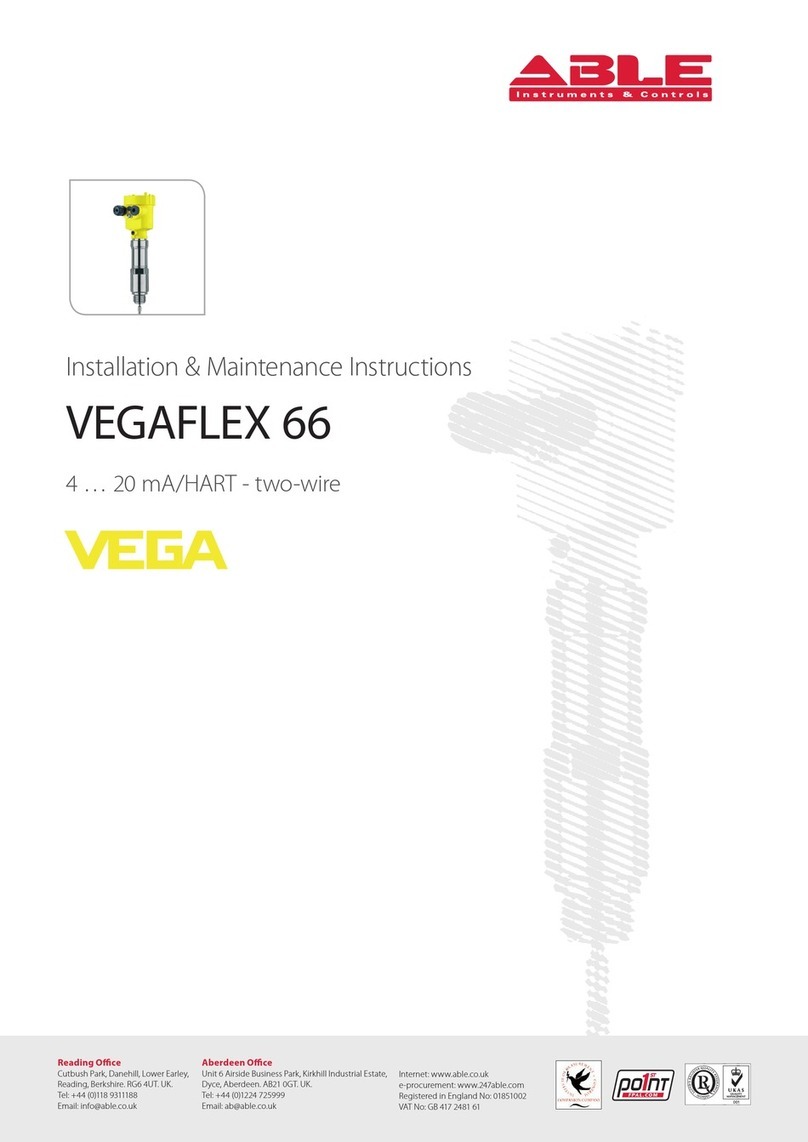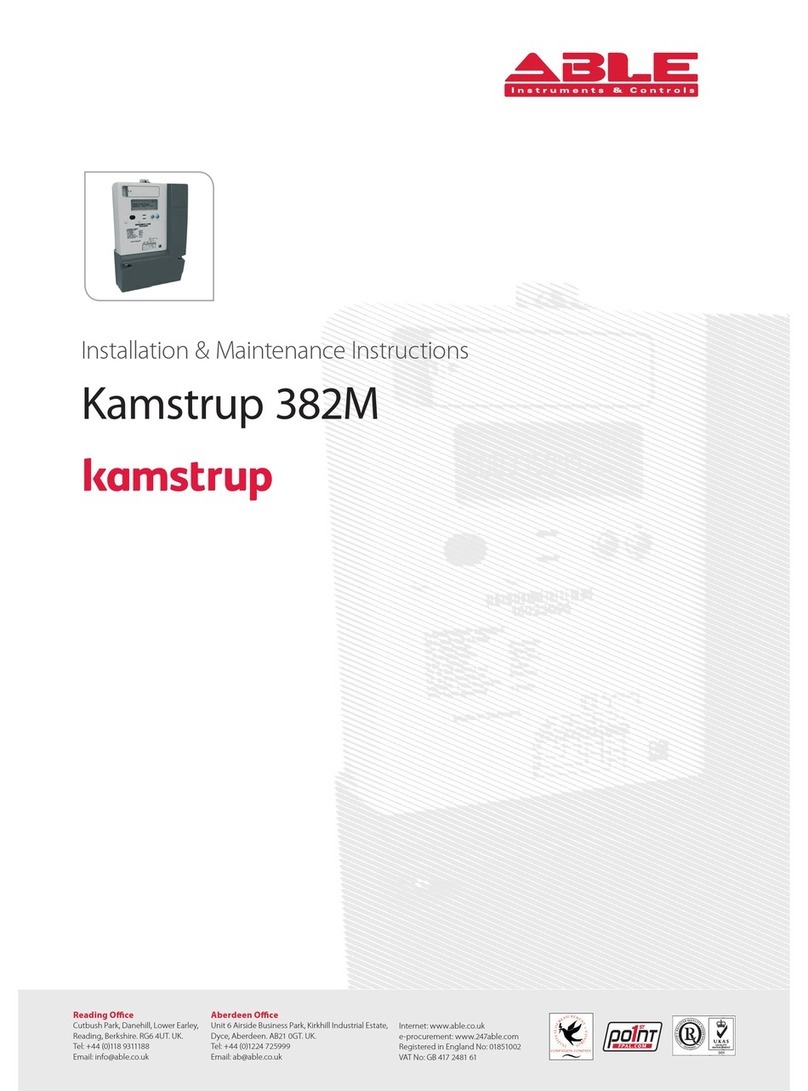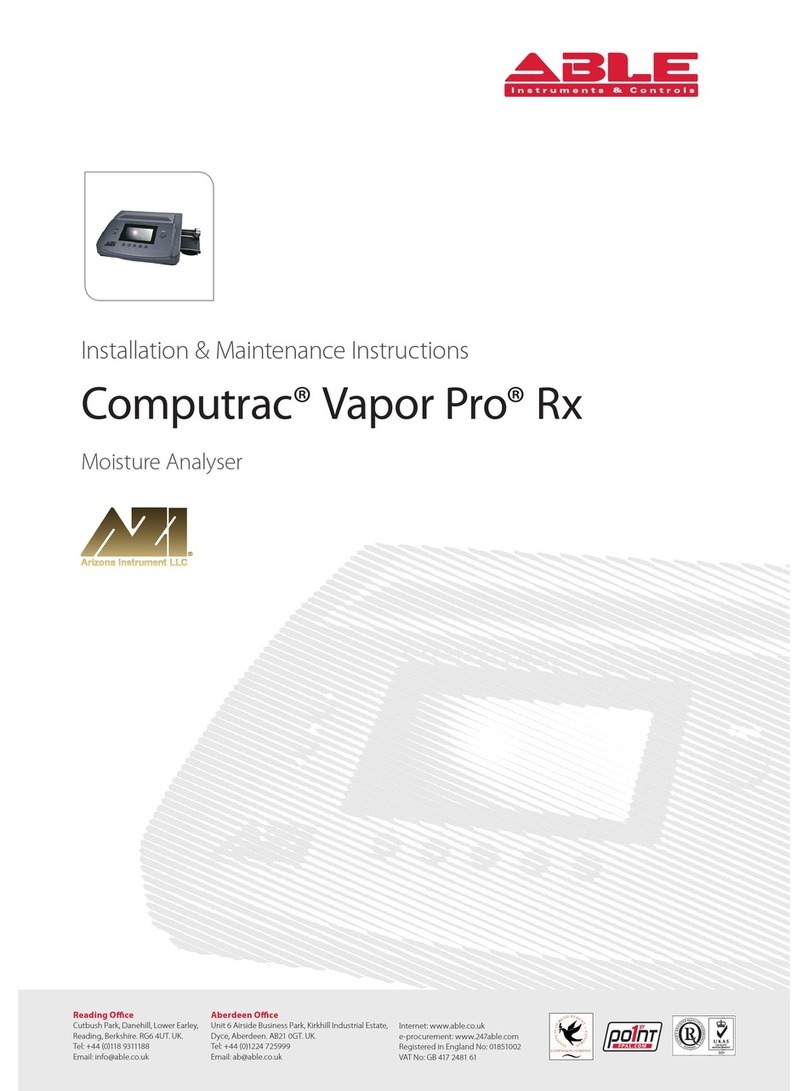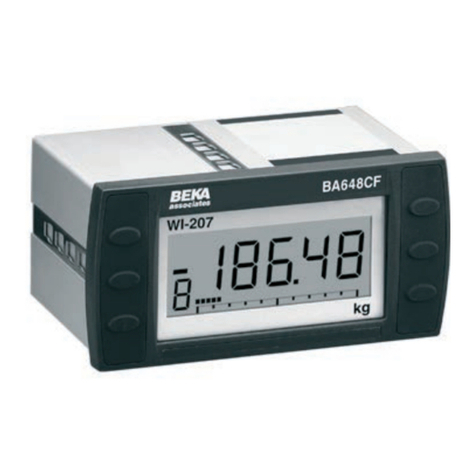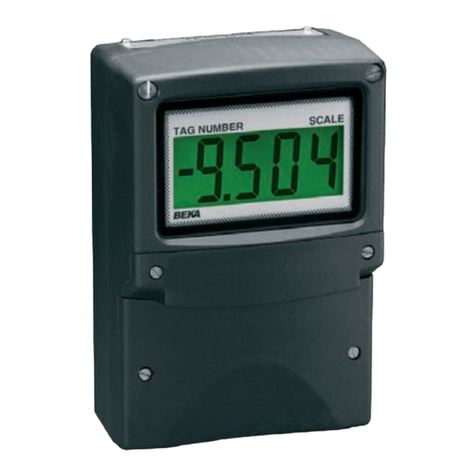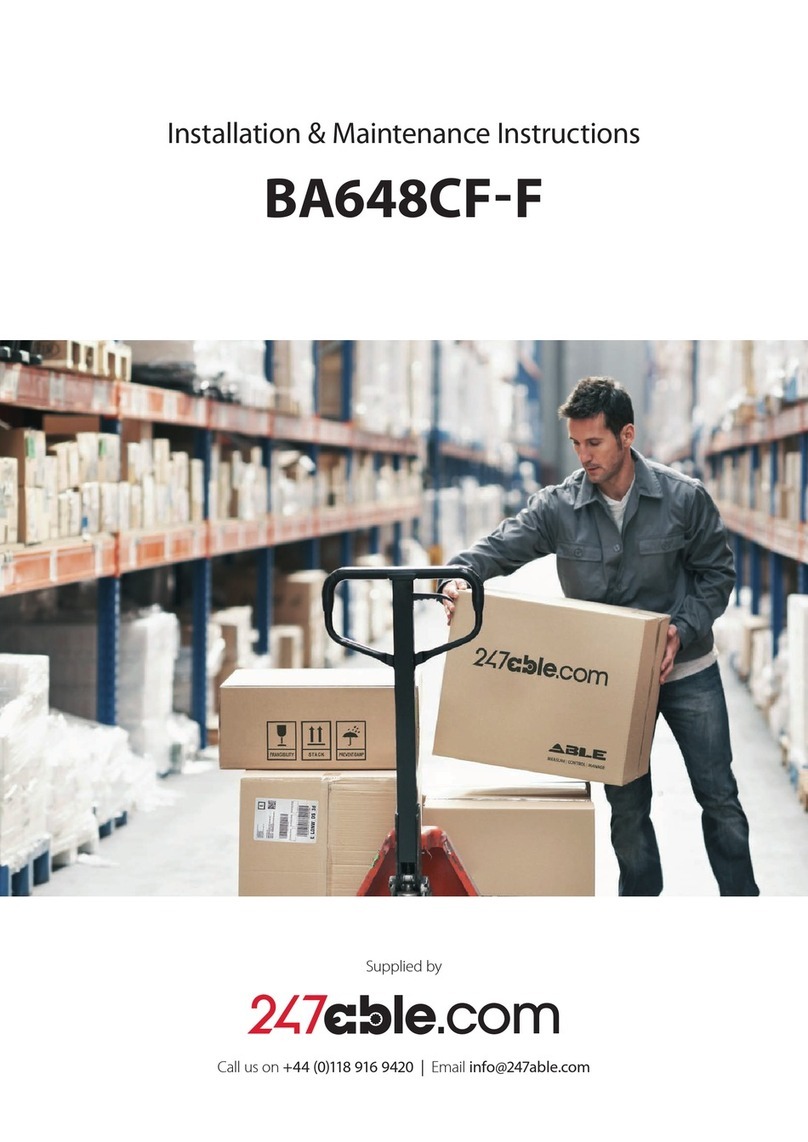
GE Measurement & Control REV. 2.3 March 2012
.
RHEONIK Coriolis Flowmeter Operation Manual RHE 12 Page
Typical Applications and Benefits
For almost 20 years now, RHEONIK coriolis flowmeters have been used by industry to de-
termine the volume of such liquids and gases as:
Acid, lye, alcohol, hydrocarbons
Bitumen, fats
Oils (mineral oil, vegetable oil, synthetic oil)
Foodstuffs (vegetable oil, beer, liquid yeast, liquid sugar, chocolate, soup, sauces)
Beverages, flavouring, liquid carbon dioxide
Lacquers, paint, filling compounds, rubber products
Fuel (methanol, diesel, petrol, kerosene, methane gas, liquid hydrogen)
Coolant, hydraulic oil, brake fluid
Deionized (non-conductive) water
Animal fodder additives (molasses, rape seed oil, flavouring)
Pharmaceuticals
Cosmetics (creams, scented oils, emulsions)
Polyol, isocyanate, polyester, propellants (freon, pentane, etc.)
Gas station products (natural gas, propylene, propane)
Ultra-cold, liquid gases (hydrogen, nitrogen, oxygen, etc.)
Slurry, suspensions (oil/water)
The advantage of using this patented measuring principle is that it allows for direct mass
flow measurement.
Given the rapid reaction time, the appliances are suited to both batch dosing and flow con-
trol or monitoring.
The measurement is taken regardless of the pressure, temperature, viscosity, conductivity
or flow characteristics of the liquid.
Due to its unique design, the measuring sensor is durable enough not to wear down even
after many years of operation and is also a low-maintenance product.
Inside the liquid stream, there are no fittings or rotating parts that could block the flow
and consequently lead to a very costly shutdown of the production facilities.
Installing the flowmeter into the pipeline system is easy. No long tube runs in front of and
behind the sensor need to be taken into account and the measuring sensor can be mount-
ed almost directly behind turbulence creating elbows or pipe diameter reducers without
impairing the accuracy of the measurements.
Measuring media with fibrous content a high solid charge does not pose any real difficulty.
If used in accordance with the instructions, it is, unlike positive-displacement counters,
possible to do without expensive filters without actually damaging the measuring sensor.
Measurements can be taken by the measuring sensor irrespective of the flow of the liquid.
Sudden pressure peaks or water shocks in the pipeline will not damage the appliance. In
such an instance, other purely mechanical measuring procedures are prone to impeller
wheels overtorquing, axles breaking, or bearings becoming displaced, which all result in
the measuring device becoming unusable or even blocking the flow of liquid.
GE appliances are calibrated at the manufacturer’s site on precision test benches and can
be operated directly without the need for local adjustments. A calibration certificate is sup-
plied with the appliance.
